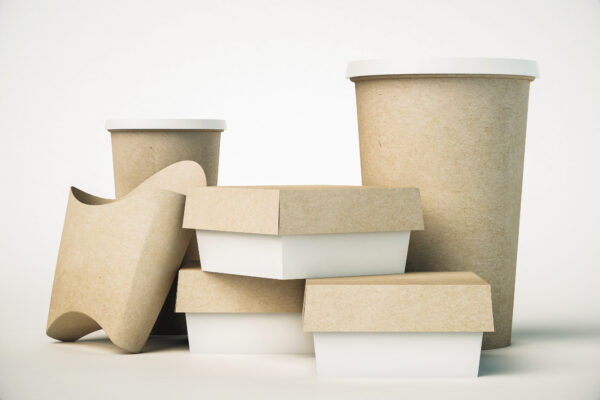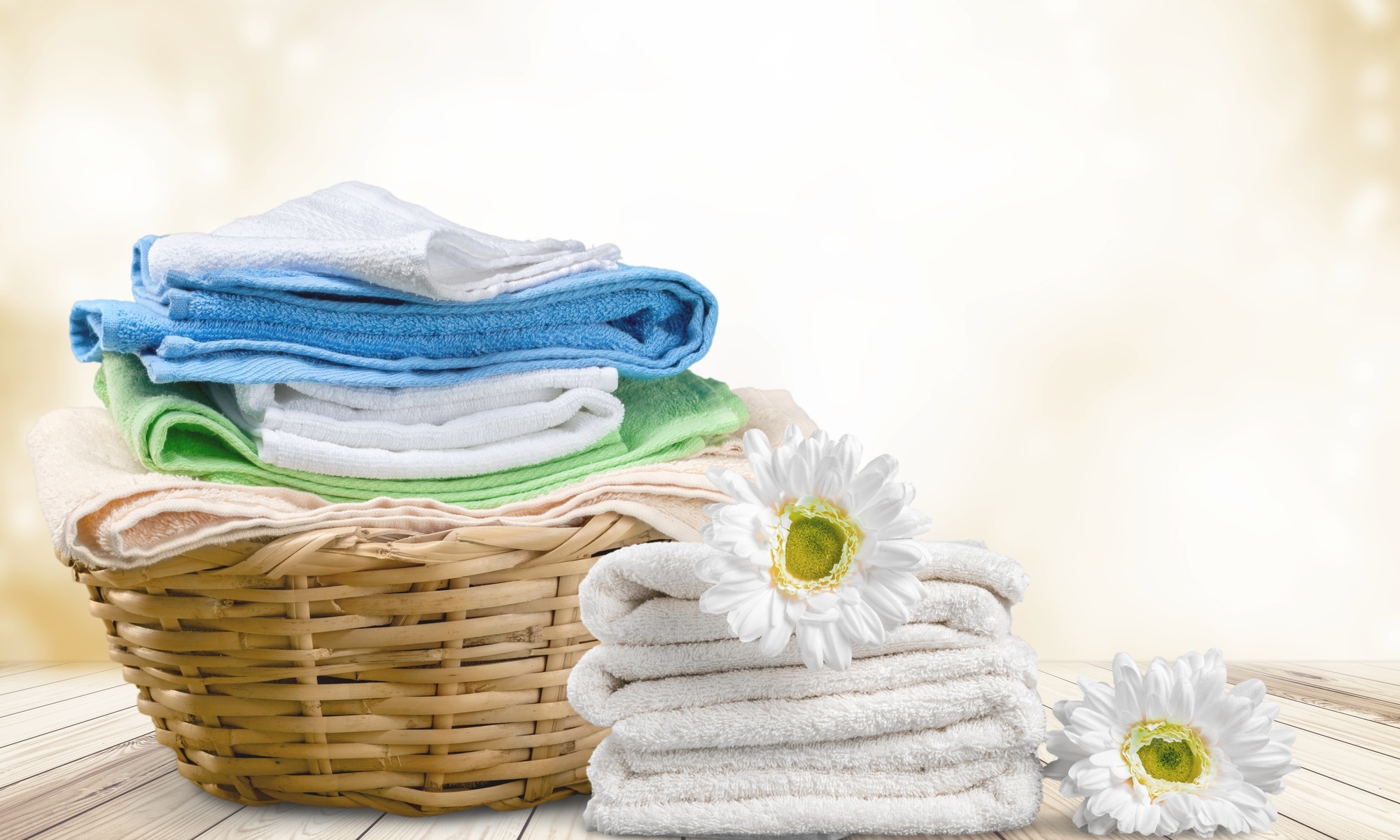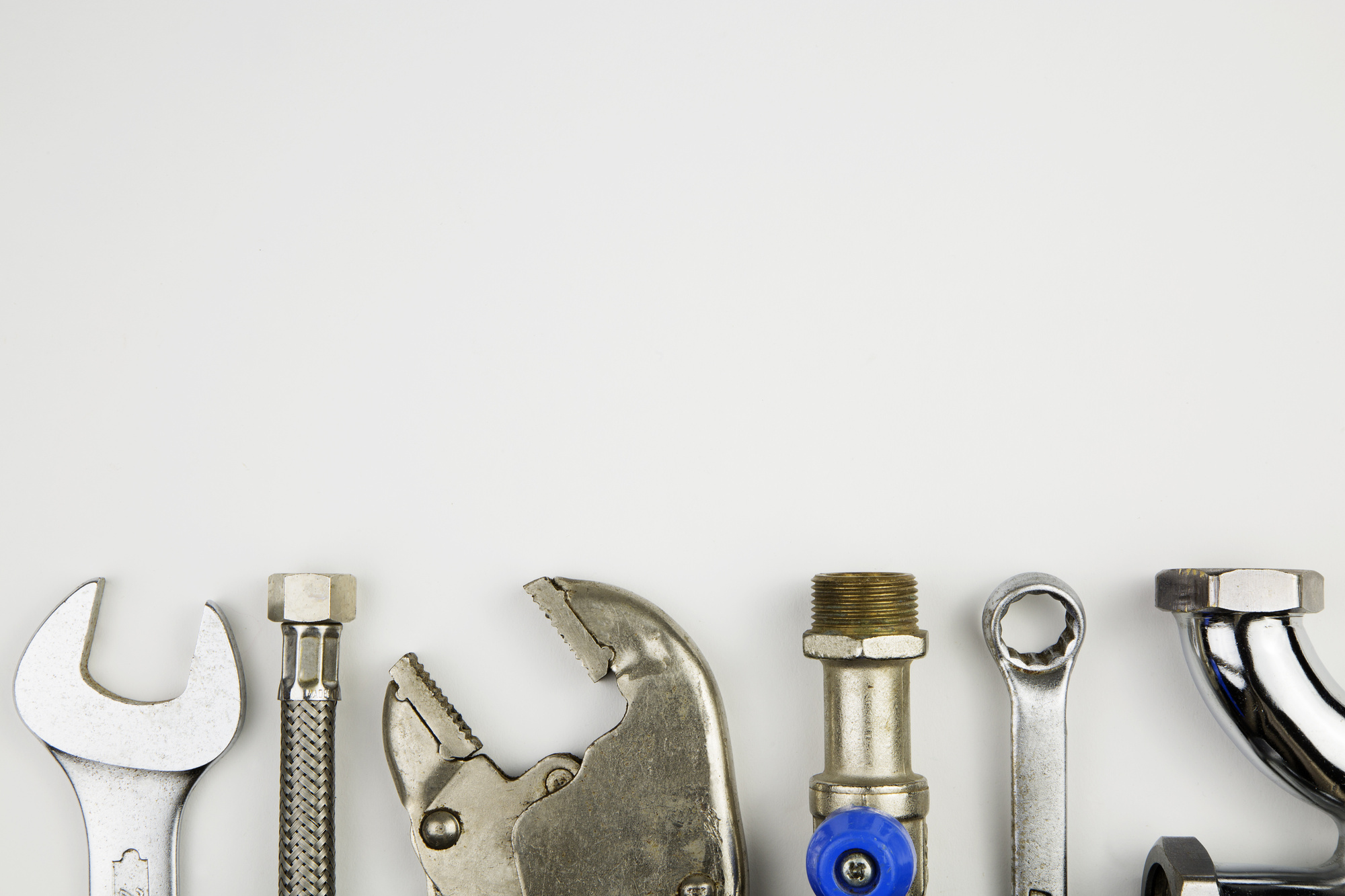Believe it or not, 72% of people in the United States claim that their purchasing decisions are influenced by product packaging. This goes to show the importance of great packaging when it comes to making sales.
Still, if your product isn’t also designed well, you won’t get repeat buyers.
How do you make sure that your product and product packaging create happy customers?
Read on to find out how to design products and the packaging they come in.
Conduct Research
If you’re wondering how to create products that people love, it all starts with user research. User research is how you learn about your target audience, their needs, and how you can solve them with your product.
Research may include interviews, surveys, experiments, demographic data, and more.
If you already have a product line, a great option is to conduct usability testing to see how customers interact with your products and what you can do better.
Create Prototypes at All Levels
Once you’ve settled on your product and know that it’s something your target audience will get value from, don’t start production right away. It’s important to create prototypes first.
A prototype is a preliminary model of a product that’s great for testing it in its early stages. Prototypes help you evaluate the feasibility of your product design and try out different designs before spending a ton of money on production.
Everything from sketches to simpler real-life models count as prototypes.
Undergo User Testing
Before you can move onto product packaging, it’s vital that you conduct user testing on your product. This is important even if you conducted testing on old product lines to develop your new idea.
Testing the new product will allow you to spot any opportunities for improvement or design flaws to fix, helping guarantee its success. Make sure you have real users who didn’t work on the product test it out.
Choose Your Packaging
Once you’ve finalized your product, you can work on packaging. Though not all are always present, there are three types of packaging to consider when you package products.
Outer Packaging
This is the packaging that may hold your product. Think of the box an item is encased in.
Inner Packaging
This is the packaging that may exist between the product and the outer packaging. Tissue paper is an example.
Product Packaging
This is the packaging of the product itself.
You should also keep in mind materials available to you, from boxes, bags, and plastic to clear tubes, paper, and more.
If you get creative, make sure it adds value. Go-Gurt is a great example of packaging with a selling point.
Design Products and Packaging for Success
Creating a new product can be an intimidating feat. If you want to be successful, it’s crucial that your product packaging can catch customers’ attention and that you design products to be easy and pleasant to use.
Be sure to conduct lots of testing, create prototypes, and get creative with your packaging design, and you’ll be on your way to success.
If you found this article helpful, check out our blog for more like it.











